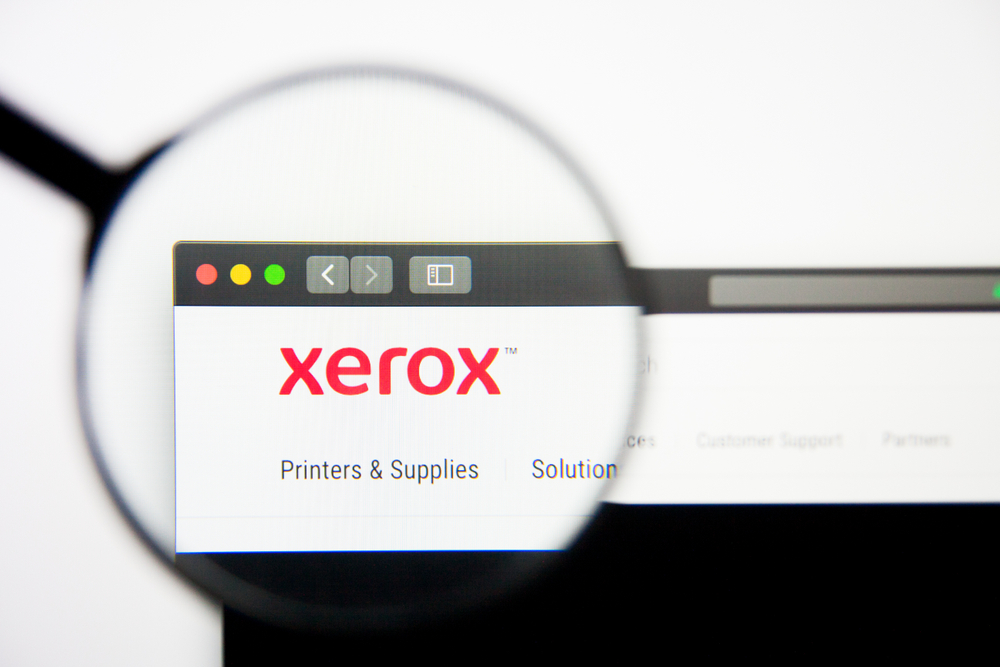Today, Big Tech companies dominate the investing landscape like never before.
At their recent peak, the world’s five largest technology stocks – Apple (Nasdaq: AAPL), Microsoft (Nasdaq: MSFT), Amazon (Nasdaq: AMZN), Alphabet (Nasdaq: GOOGL) and Meta Platforms (Nasdaq: META) – accounted for around 23% of the market capitalization of the S&P 500.
Put another way, just 1% of the S&P 500’s companies accounted for close to a quarter of its value.
Such market dominance by technology may be unprecedented.
But investors’ attraction to the promise of the sector is not.
When you say “technology boom” to U.S. investors, most will associate it with the dot-com era of the 1990s.
Far fewer investors recall the tech boom of the 1960s and early 1970s.
Yet it was during that period that the video game console, the computer mouse, LEDs and lasers were invented. It’s also when Ray Tomlinson sent the first email in 1971.
In the 1960s, the “Nifty Fifty” – a group of 50 fast-growing large cap stocks – was all the rage. The one-decision tech stocks of that era were IBM (NYSE: IBM), Kodak (NYSE: KODK), Polaroid and, last but certainly not least, Xerox (Nasdaq: XRX).
The valuations of these tech giants became so extreme that Warren Buffett even ended his first investment partnership in May 1969, citing the lack of opportunities in an overheated market.
Studying the rise and fall of these past tech giants offers valuable lessons for today’s investors.
As Mark Twain observed, “History doesn’t repeat itself, but it often rhymes.”
And tracing the fate of Xerox offers investors just these kinds of lessons.
The Google of Its Day
Think of Xerox as the Google of its day.
As Xerox dominated the industry, its name became a verb – much like Google’s did decades later.
And early investors made a fortune.
One hundred shares of Haloid Company (Xerox’s original name) purchased for $20 each at the initial public offering on April 17, 1936, were equal to 108,000 Xerox shares by the year 2000.
At the stock’s peak share price of around $163 in January 1999, those shares would have been worth $17.6 million.
The fate of Xerox starts with a familiar story arc of an innovative technology company beginning its life as an upstart…
Growing into market dominance…
Later hampered by management missteps…
And ultimately experiencing decline.
Yes, Xerox is still around today. But it is a shadow of its former self.
The Rise of Xerox
In the late 1950s, Xerox asked IBM to help fund and sell Xerox’s copiers after their launch.
But IBM rejected Xerox, saying the copier was too heavy for its typewriter salesmen to carry.
Xerox was forced to market it alone and launched the first office copier – the Xerox 914 – in 1961.
Cleverly, Xerox allowed customers to rent the machine for a nominal monthly fee that included the first 2,000 copies and billed $0.04 per copy after that.
From then on, Xerox’s copying machine essentially printed money.
Xerox quickly locked up a 90% share of the copying market.
But much like Microsoft in the 1990s with its operating system, Xerox got too big for its britches.
In 1969, the U.S. Federal Trade Commission (FTC) charged Xerox with monopolistic practices.
In 1975, Xerox signed a consent decree with the FTC and the Department of Justice that granted competitors patent licenses at nominal royalties.
In the meantime, IBM introduced its office copier in 1970. Xerox sued IBM for patent infringement.
Xerox won the case but was awarded only $25 million. Xerox’s monopoly on its money-printing machine had been broken.
Xerox and Its Missteps
Xerox also had its share of missteps, which sealed its long-term fate.
In 1973, Xerox’s Palo Alto Research Center developed the world’s first personal computer.
Called the Xerox Alto, it boasted a mouse, a user-friendly interface and networking capabilities.
But Xerox never marketed it.
Why?
According to former Xerox employee Mike Tubbs, Xerox’s top managers were from Ford.
They believed in making modest improvements to existing products – not launching new, innovative ones.
That left an opening for upstarts Apple and Sun Microsystems to develop personal computers modeled on the Alto.
Three Lessons for Today’s Tech Giants
What are the lessons for today’s tech companies and investors?
First, the story arc of technology companies is predictable.
The names may change. But the plot remains the same.
An upstart develops a novel technology…
Established players copy it. The players start suing each other.
If the upstart grabs too much market share, the government clamps down.
The upstart itself becomes an established player.
It gets comfortable and fails to reinvent itself.
The success story fizzles.
Once you understand the arc of this story, you can make money on technology companies on the way up… and on the way down.
Second, there is no such thing as a one-decision tech stock.
Today, conventional wisdom is that no companies will ever rival the reach and power of Apple, Google or Amazon.
Yet investors thought the same about IBM, Xerox, Kodak and Polaroid.
And as recently as 2007, BlackBerry (NYSE: BB) and Nokia (NYSE: NOK) boasted unassailable market positions.
Today, all of these companies – except IBM – are inconsequential.
And today’s investors are already seeing the shine coming off companies like Meta Platforms and Netflix (Nasdaq: NFLX).
Third, technological progress is messy and chaotic.
Technology companies must reinvent themselves constantly.
If they don’t, their demise is not a matter of “if” but “when.”
On April 9, 2007, Apple sold its 100 millionth iPod, which accounted for the bulk of its revenue.
Today, the iPod does not even exist.
Luckily, Apple was smart enough to change.
Time will tell whether that relentless reinvention will continue…
I can’t tell you which of today’s Big Tech stocks will still be around 40 years from now.
But I can tell you that the Big Tech stocks of 2062 don’t even exist today.
Good investing,
Nicholas
